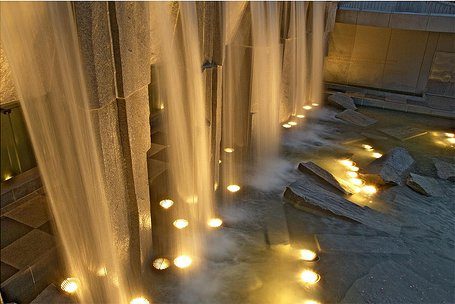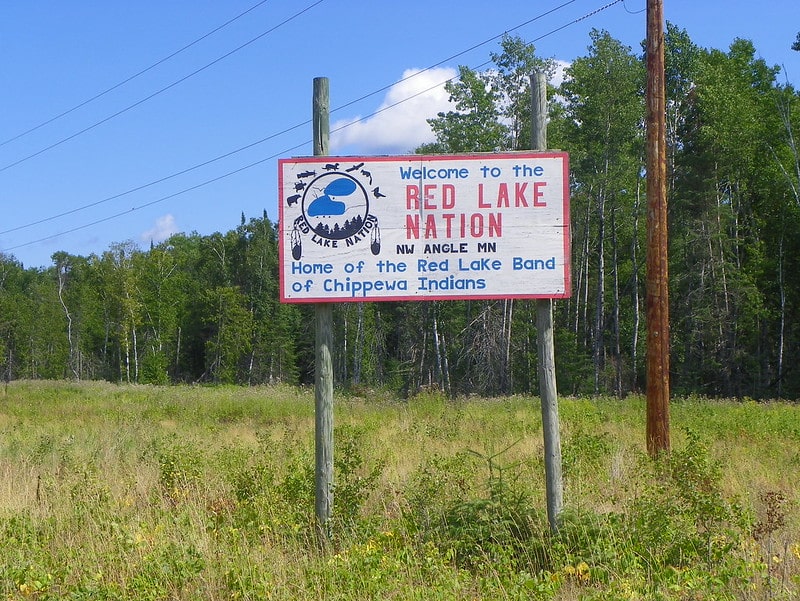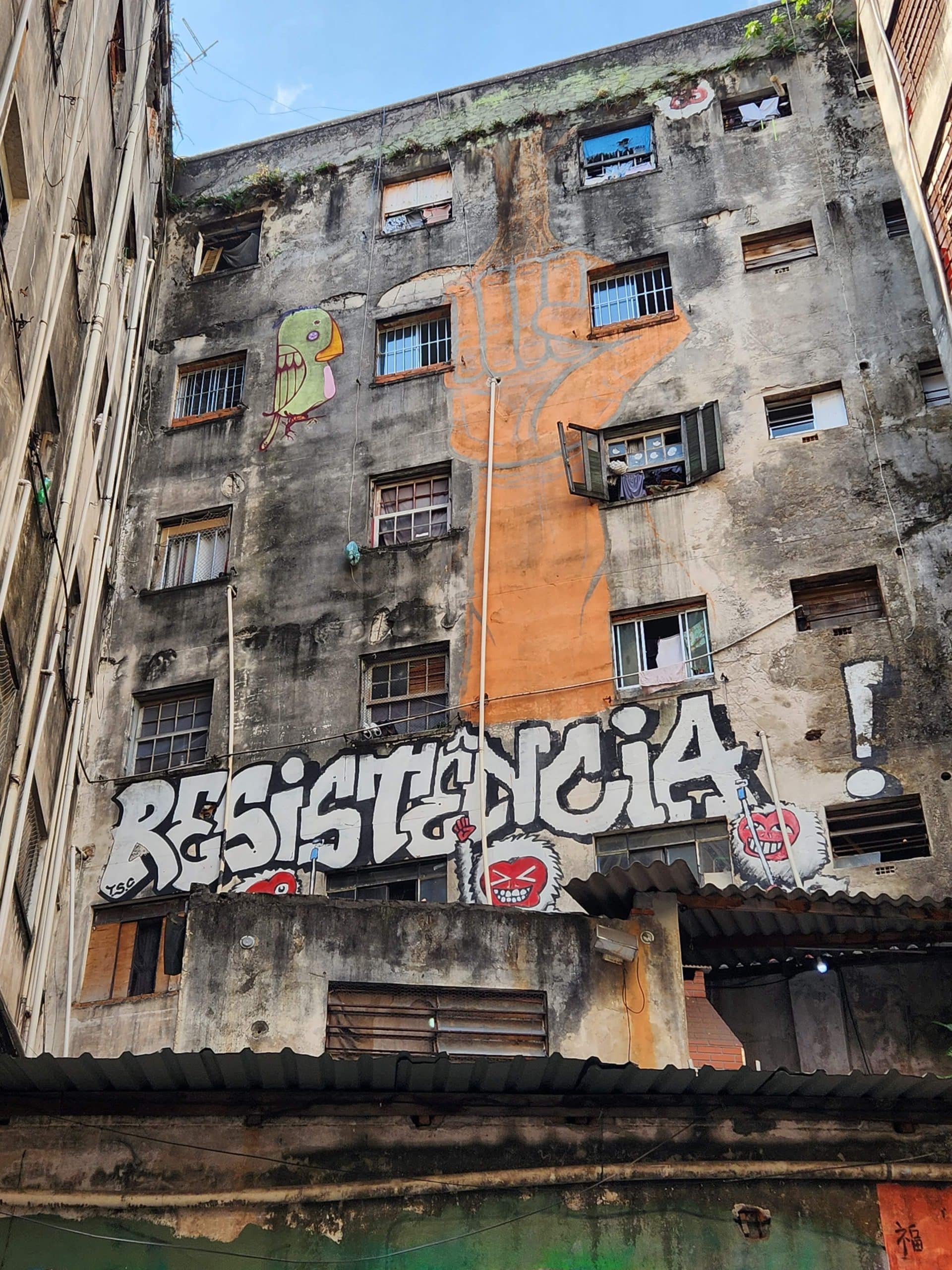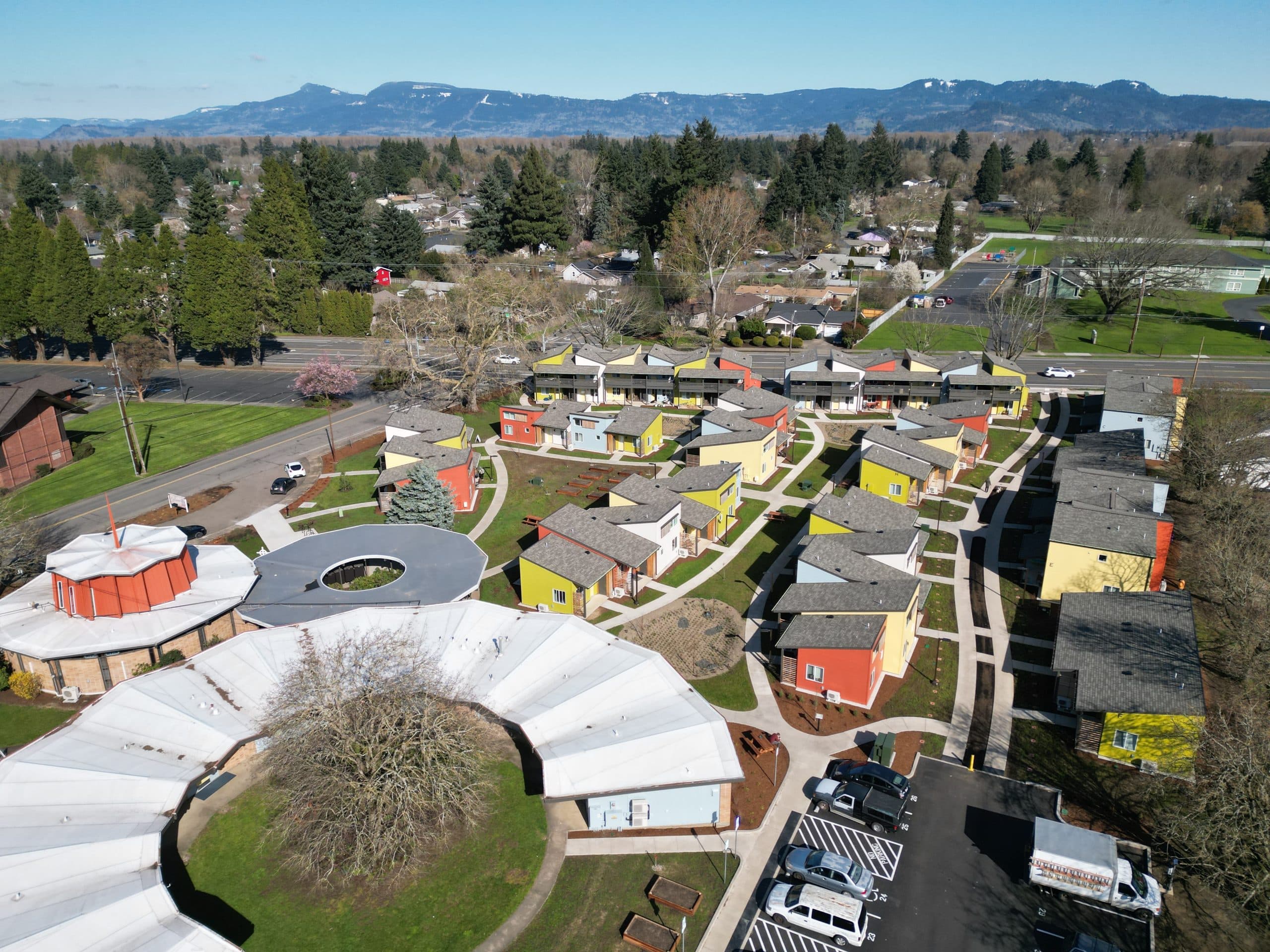The image in this post, which photographer Bill Lim has made available to us through the wonder of the Creative Commons, is of the beautiful Martin Luther King, Jr., memorial water sculpture in San Francisco’s Yerba Buena Gardens. As we reflect on Dr. King’s legacy today (and this historic week), Yerba Buena is not a bad place to start. This welcome respite from the highly urban SoMa district didn’t happen by accident. It was created over a 30-year period by the San Francisco Redevelopment Agency in what was once “a moribund swath of half-empty office buildings, run-down warehouses, and shoddy housing near the Tenderloin,” according to a new article in the journal Housing and Community Development.
Written by my friend Peter Harnik and his Trust for Public Land (TPL) colleagues Ben Welle and Albert Pingree, the article “When There’s Nothing to Conserve – Create!” highlights a number of successes where redevelopment authorities have invested in city parks as a path to revitalization. Although the discourse around cities and neighborhoods was very different and not nearly as robust in Dr. King’s time, I like to think that he would approve of these efforts to bring our cities back to life in an inclusive, public way. As the authors point out:
“In new or expanding cities, parks are formed through conservation: saving virgin lands like farms, forests, and ranches. In built-out cities, it’s just the opposite: parks themselves are a type of development-and they often serve as the anchor for the old and new buildings around them. From Boston to San Francisco, successful parks have been created out of former factories, home sites, office buildings, railyards, parking lots, landfills, and even highways. As a result, many city parks aren’t being created by park and recreation departments but rather by redevelopment authorities.”
For links, photos, and more, please go here.





Comments